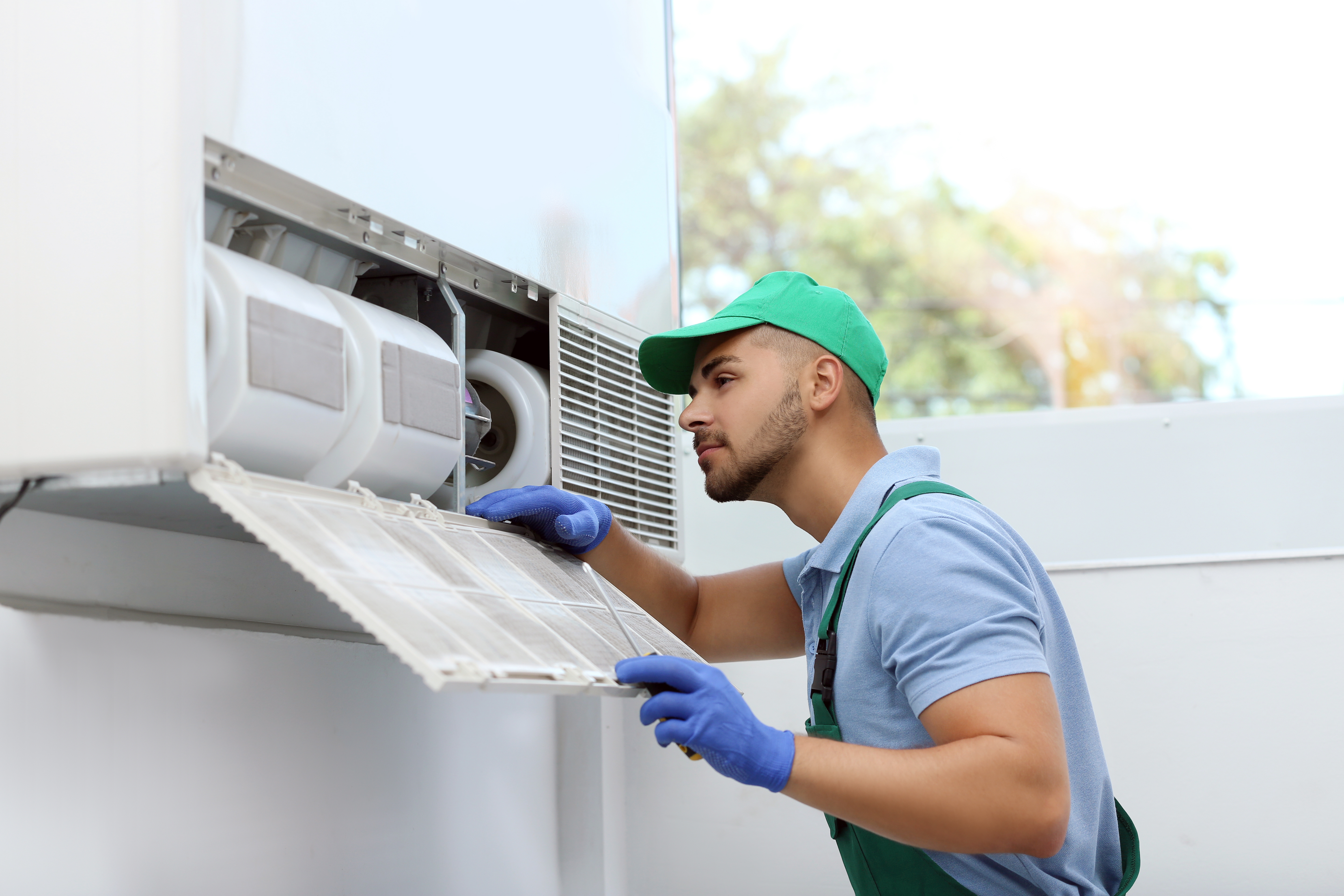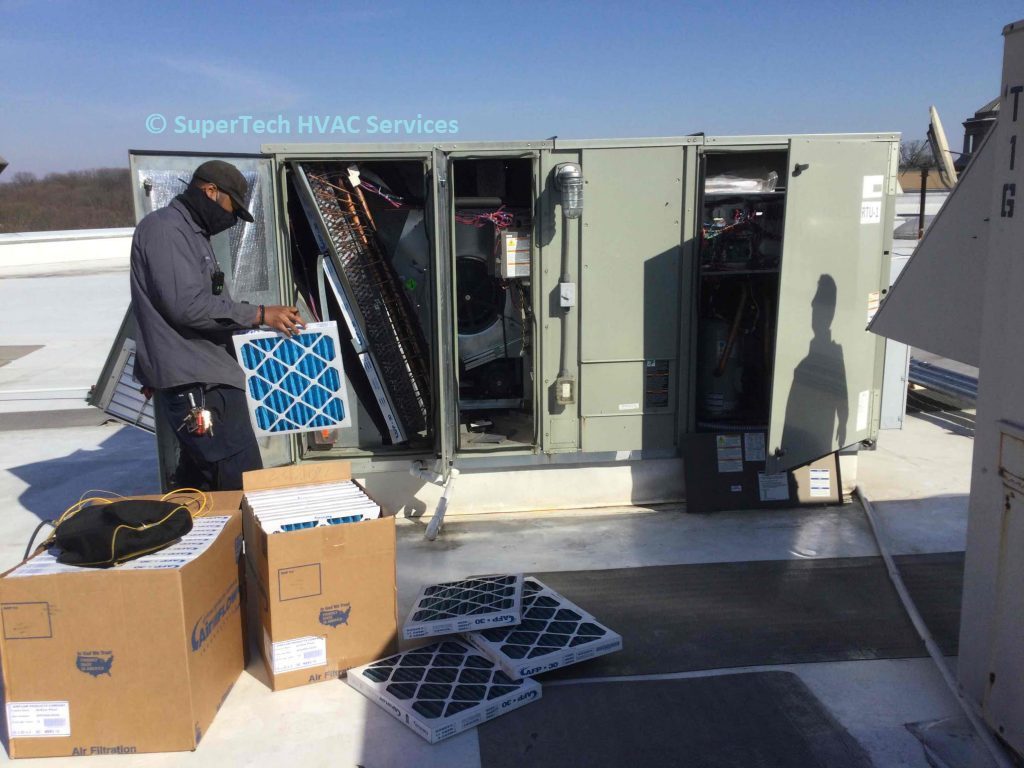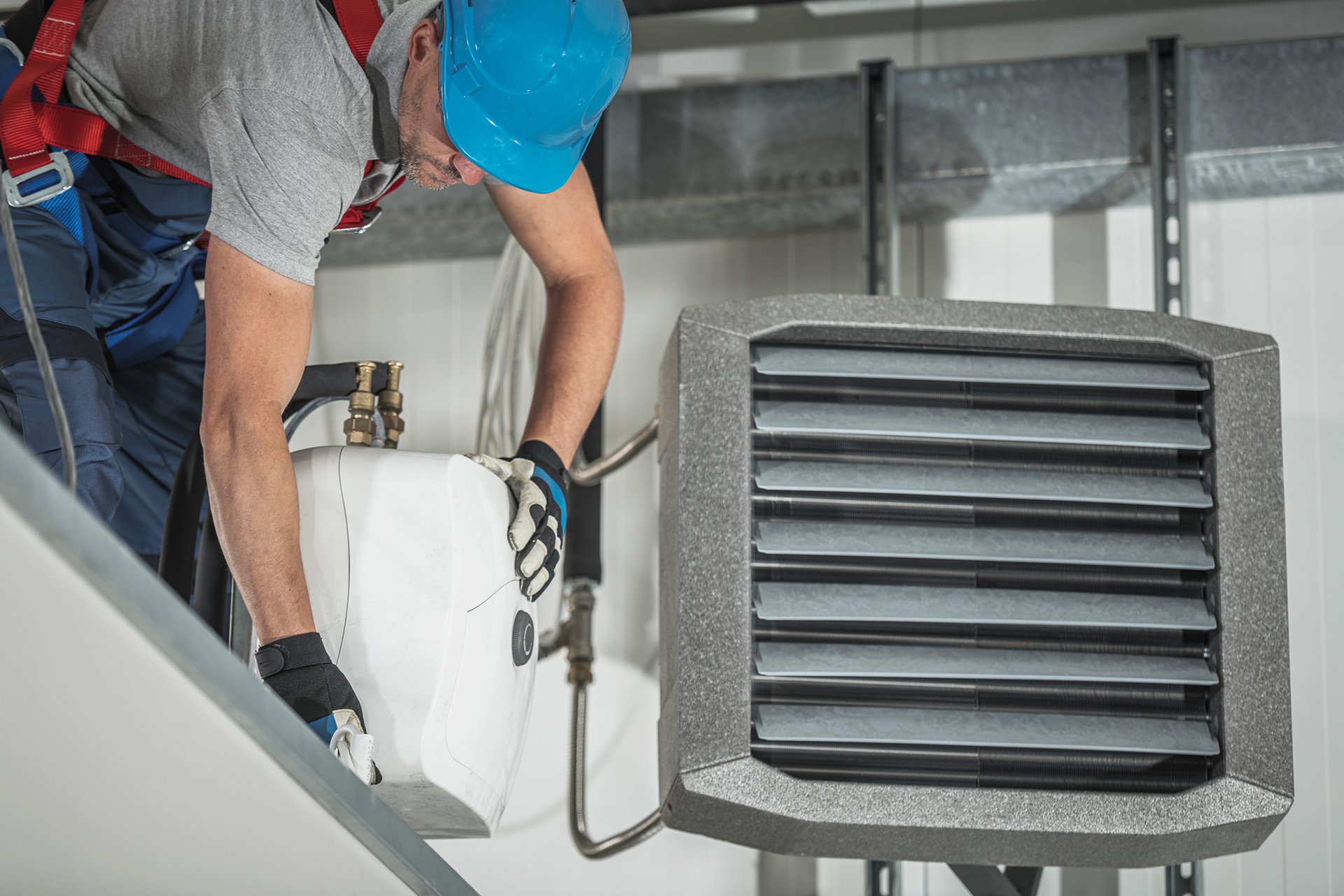Professional Tips for Seamless heat pump replacement ooltewah tn
Professional Tips for Seamless heat pump replacement ooltewah tn
Blog Article
Just How a Heatpump and Furnace Interact to Enhance Your Home's Heating Efficiency
Understanding how a warmth pump and furnace job together is important for homeowners looking for efficient heating services. Each system has its toughness, giving a well balanced strategy to home convenience. The heat pump stands out in modest temperatures, while the heater provides rapid heat throughout extreme cold. This harmony not just minimizes energy costs however additionally enhances the life-span of both devices. What factors affect this cooperation, and exactly how can homeowners maximize their benefits?
Understanding Warm Pumps: How They Function
Several people might be unfamiliar with their inner workings, warm pumps play an essential function in contemporary home heating systems. These tools operate by moving warmth from one location to an additional, utilizing the concepts of thermodynamics. In cooler months, a heatpump removes warmth from the outdoors air, ground, or water, and transfers it inside your home to heat the home. Alternatively, throughout warmer months, it can reverse the process, functioning as an air conditioning unit by eliminating heat from inside to the outside.Heat pumps are composed of an evaporator, condenser, compressor, and expansion valve. The cooling agent within the system takes in warm as it vaporizes at low temperatures and stress. The compressor then increases the stress and temperature of the refrigerant, allowing it to launch warm as it condenses. This effective process can greatly minimize power intake contrasted to typical heating techniques, making heatpump a lasting selection for environment control in homes.
The Role of Heaters in Home Home Heating
Heaters play an essential duty in home heating by giving a reputable source of heat throughout the colder months. They run by producing warm with combustion or electric resistance, distributing it throughout the home through air ducts or glowing systems. The efficiency of a heater is usually gauged by its Yearly Gas Use Performance (AFUE) rating, which shows how effectively the device transforms fuel right into heat.Furnaces can use numerous energy sources, consisting of all-natural gas, lp, oil, or electricity, permitting homeowners to select the most appropriate option for their requirements. Unlike heatpump, which may have a hard time in extreme cool, heating systems maintain consistent efficiency, making sure that indoor temperatures continue to be comfy no matter of exterior problems. Additionally, modern heaters often come equipped with innovative technology, such as smart thermostats and variable-speed blowers, improving their effectiveness and responsiveness. This flexibility makes heating systems an important element in all-encompassing home heating approaches.

Advantages of Utilizing Both Systems Together
Incorporating the toughness of both heating systems and warmth pumps can result in an extra effective and effective home heating service. Utilizing both systems permits house owners to make the most of the heat pump's energy performance during milder temperatures while counting on the heater for even more extreme cold conditions. This double strategy can significantly decrease energy prices, as heatpump eat less electricity than traditional home heating methods when temperature levels are moderate.Additionally, utilizing both systems with each other can enhance comfort degrees in the home. Heatpump can give constant, even home heating, while furnaces can rapidly elevate ambient temperatures when needed. The combination of both systems can extend the life-span of devices by decreasing wear and tear on each unit, as they share the workload. Inevitably, house owners can enjoy a well balanced, affordable home heating solution that adjusts seamlessly to varying weather conditions, ensuring a warm and welcoming home throughout the winter months.
Exactly How Warmth Pumps and Furnaces Enhance Each Various Other
They create a corresponding heating system that optimizes performance and convenience when house owners integrate warm pumps and heating systems. Heatpump run by moving warm from the outdoors air or ground, making them very efficient in moderate environments. They succeed throughout milder temperature levels, providing cost-effective home heating. Conversely, heaters generate warm with burning or electric resistance, providing strong, prompt heat during severe cold conditions.The combination of these 2 systems enables for dynamic modifications based upon temperature level variations. Throughout warmer months or milder winter days, the heatpump can take the lead, conserving power and reducing expenses. As temperature levels drop, the heater can effortlessly engage, ensuring consistent warmth throughout the home. This harmony not just optimizes power usage but likewise improves the life-span of both systems, as each unit runs within its suitable performance variety. With each other, they develop a balanced setting that adjusts to differing environment demands.
Optimizing Efficiency: Tips for Homeowners
Property owners can enhance their heating efficiency via a number of useful strategies. Developing a regular maintenance routine, incorporating smart thermostat modern technology, and applying reliable insulation and securing options are crucial actions. These measures not only enhance comfort however also reduce power costs.
Routine Upkeep Set Up
To assure optimal home heating efficiency, establishing a routine maintenance routine is necessary for any type of home. House owners must prioritize regular evaluations of both heatpump and heaters to determine peak efficiency. This includes altering air filters every one to 3 months, as blocked filters can significantly decrease effectiveness. In addition, organizing professional maintenance at the very least yearly permits specialists to identify and deal with prospective concerns before they intensify. House owners need to also clean the warmth pump's outside system to avoid debris accumulation that can hinder air movement. By adhering to a regular maintenance routine, homeowners not just boost check this site out their heating unit' efficiency yet also expand their lifespan, resulting in better convenience and minimized energy costs throughout the cooler months.
Smart Thermostat Integration
Incorporating a clever thermostat into a home heating unit can greatly boost energy effectiveness, particularly as it permits for specific control over temperature level settings. These devices can learn the homeowner's timetable and choices, automatically changing the temperature level to maximize convenience while decreasing power usage. As an example, they can lower home heating throughout times when the home is unoccupied, minimizing unneeded usage. Many smart thermostats additionally offer real-time energy usage information, enabling home owners to make enlightened choices concerning their heating behaviors. Furthermore, remote gain access to via smart device apps allows customers to change settings from anywhere, ensuring the home is cozy upon return. Generally, smart thermostat integration not just boosts convenience yet considerably contributes to energy savings and effectiveness.
Insulation and Sealing Solutions
Smart thermostats play an essential role in power efficiency, yet their performance can be greatly enhanced by correct insulation and securing remedies. Homeowners need to prioritize protecting attic rooms, floors, and walls to reduce heat loss. High-quality insulation products, such as spray foam or fiberglass, can substantially boost thermal resistance. Additionally, sealing voids around ducts, home windows, and doors protects against chilly air infiltration and heat escape. Weatherstripping and caulking work methods for attending to these leaks - furnace replacement. Normal inspections for air leakages, along with the usage of blower door tests, can help determine issue areas. By purchasing insulation and sealing, property owners can enhance the performance of their home heating systems, eventually bring about reduced power consumption and reduced energy costs
Common Misconceptions Concerning Heat Pumps and Furnaces
What misconceptions surround heat pumps and heaters? Lots of individuals erroneously think that heatpump are ineffective in colder environments. In truth, contemporary warm pumps are created to run successfully even in low temperatures, offering reputable heating throughout winter. One more usual misconception is that furnaces are constantly a lot more effective than warm pumps. However, this depends on the specific energy sources and effectiveness rankings of the units in concern. Some may additionally believe that making use of both systems at the same time is unneeded, however in reality, this mix can optimize home heating efficiency, particularly during extreme weather. Additionally, individuals commonly assume that heat pumps require consistent upkeep, when in reality, they have comparable upkeep needs to standard heater. By unmasking these misconceptions, house owners can make more enlightened choices regarding their home heating options, inevitably resulting in improved comfort and power efficiency in their homes.
Upkeep Considerations for Combined Systems

Often Asked Questions
Can Warmth Pumps Work Properly in Very Cold Climates?
Heatpump can struggle in very cold climates as a result of lowered effectiveness and heat extraction limitations. Improvements in modern technology have actually led to models made for much better performance in such conditions, enhancing their stability in extreme environments.
For How Long Do Heat Pumps and Furnaces Normally Last?
Heat pumps normally last 15 to two decades, while heaters have a life expectancy of 15 to three decades. Normal upkeep can prolong their durability, making sure efficient operation and lowering the need for early substitutes.

What Is the Ordinary Price of Setting Up Both Systems?
The ordinary cost of installing both a heatpump and a heater normally varies between $5,000 to $10,000 - heat pump replacement ooltewah tn. Aspects influencing this cost include system dimension, setup intricacy, and regional labor prices
Are There Tax Obligation Rewards for Using Energy-Efficient Home Heating Systems?
Lots of homeowners ask about tax incentives for energy-efficient heating systems. Numerous government and state programs frequently offer credit reports official site or refunds, motivating the fostering of lasting modern technologies to reduce energy usage and advertise environmental duty.
Just how Do I Pick the Right Size Heatpump and Heater?
Picking the right size heatpump and heater includes calculating the home's square video footage, considering insulation high quality, and evaluating local environment. Consulting an expert can assure optimal system efficiency and energy effectiveness based on details requirements. heat pump installation ooltewah tn. Understanding exactly how a warmth pump and heater job together is vital for homeowners seeking effective home heating options. In colder months, a warmth pump essences warm imp source from the outdoors air, ground, or water, and transfers it inside your home to warm the living area. When house owners integrate warm pumps and heating systems, they produce a corresponding home heating system that maximizes performance and convenience. Warm pumps operate by moving warm from the outside air or ground, making them very reliable in moderate climates. Warmth pumps can battle in exceptionally cold climates due to reduced efficiency and heat removal constraints
Report this page